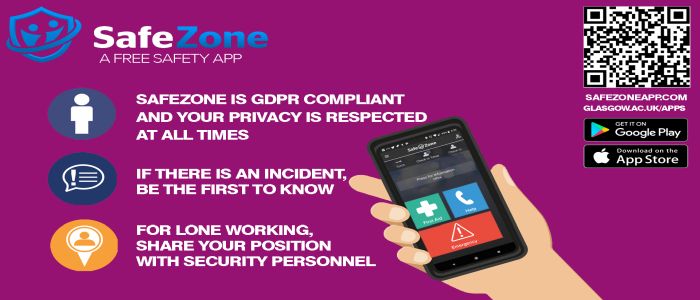Health and Safety “matters”
Published: 2 June 2021
Introducing a number of initiatives which includes the updating of COSHH forms, Biological risk forms and General Risk Assessments.
Over the past year and in light of the fire incident that occurred in the Wolfson Link Building, March 2021. we are now introducing a number of initiatives which includes the updating of COSHH forms, Biological risk forms and General Risk Assessments. It is hoped that Principal Investigators and Line Managers with the help of their local safety coordinators will upload their completed forms into a Microsoft teams folder, which everyone (staff and students) will have access to. There will also be a hard printed copy of theses forms in each of the areas that the work is carried out. The updating of all COSHH and risk assessments will be long and laborious process and my suggestion would be that all members of staff and students should be involved in this process. As part of their training, postgraduates should know how to complete these forms.
Courses for both chemical and biological safety can be accessed through the University of Glasgow, SEPS Training Webpage. If anyone is interested please let me know.
Not only is this the legal and person responsibility of senior members of staff to ensure that their staff and students have read and understood all the risks that are involved whilst carrying out their work within SCMH but it is also imperative that the person carrying out the work understands the risks of handling certain chemicals, the procedures that they will be carrying out and the correct disposal of both biological and chemical waste.
We will also be introducing a bi-annual survey for each lab which will involve a number of checks include a general lab cleanup, keeping passageways clear, ensuring disposal of waste from fume hoods etc.
It is hoped that over the coming month that notices for the emergency shutdown of gas, electricity and water will be posted in each of the individual lab areas within SCMH. This will include procedures for shutdown of these services were available, with emergency contact numbers where there are none as well as working out of hours. Staff and students are encouraged to carry out the online fire training, if they have not already done so and can be accessed through Moodle. Though online fire training is recommended every 3 years, I would suggest revisiting the site on a regular basis.
SCMH has also invested in a new web-based software package (ChemInventory) which will keep an inventory of al the chemicals that each of your labs has. This will hopefully keep waste to a minimum , but will also keep a digital record of all the chemicals in a particular location, which can produced for auditing purposes (annual Chemical Weapons Convention) as well as for the fire service when incidents happen. In theory the software package could also keep a stock take of what is present in a particular fridge/freezer and keep a track of what primers, probes, antibodies, kits that you may have otherwise forgotten about. In addition to having this inventory online, it will also allow investigators to search for chemicals throughout SCMH. With all new databases, it is only as good as the information that it is stored and entered, participation of all students and staff members in entering the information would be greatly appreciated.
We also have a freezer inventory system (SWORDID) which can be useful in tracking samples within your -80oC, Liquid Nitrogen Tanks. With the shortage in space for new -80oC freezers within SCMH, after a study has been completed or published and not required for further research it may be
worthwhile to start thinking of disposing of samples /material older than 10 years. Again this software is only as useful as the information entered. With the high turnover of Postgraduate students and the amount of research material that they can generate, I have found eppendorfs, cryovials, boxes with inadequate labelling as well as samples that are over 20 Years old with no idea as who or which study they belong to. Rather than trying to find space for a new -80oC it may be worthwhile rationalising the resources that we already have. Use of the SWORDID system would help in not only locating samples, but also disposing of samples once no longer required.
For Login in details to both online databases please contact Wai Lee.

The University of Glasgow has invested in a mobile app called SafeZone. I encourage that all staff and students to download, install and register this app. The app will allow you to check in and let security know that you are in a building working out of hours. It has some useful functionality,
· General enquiries: if you have any questions or need help in a non-emergency situation, such as being lost on campus.
· Emergencies, the app will share your location with security staff on campus., so they can find and assist you.
· First Aid , if you or someone around you need medical assistance
First published: 2 June 2021

